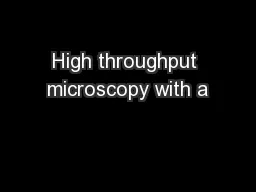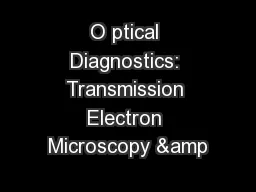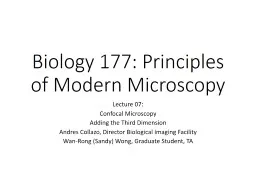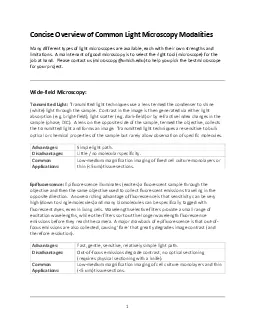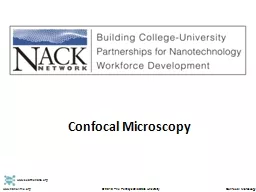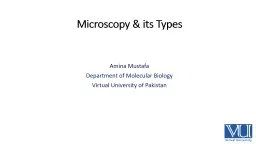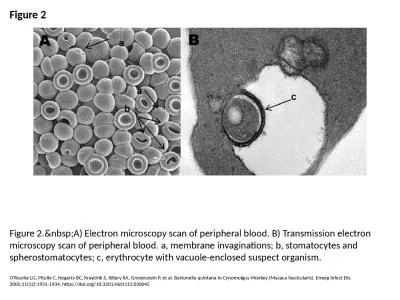PPT-High throughput microscopy with a
Author : mitsue-stanley | Published Date : 2016-03-07
microlens array Antony Orth and Kenneth Crozier 8 May CLEO 2012 Microscopy with lens arrays What is high thoughput microscopy Experimental setup confocal system
Presentation Embed Code
Download Presentation
Download Presentation The PPT/PDF document "High throughput microscopy with a" is the property of its rightful owner. Permission is granted to download and print the materials on this website for personal, non-commercial use only, and to display it on your personal computer provided you do not modify the materials and that you retain all copyright notices contained in the materials. By downloading content from our website, you accept the terms of this agreement.
High throughput microscopy with a: Transcript
Download Rules Of Document
"High throughput microscopy with a"The content belongs to its owner. You may download and print it for personal use, without modification, and keep all copyright notices. By downloading, you agree to these terms.
Related Documents

